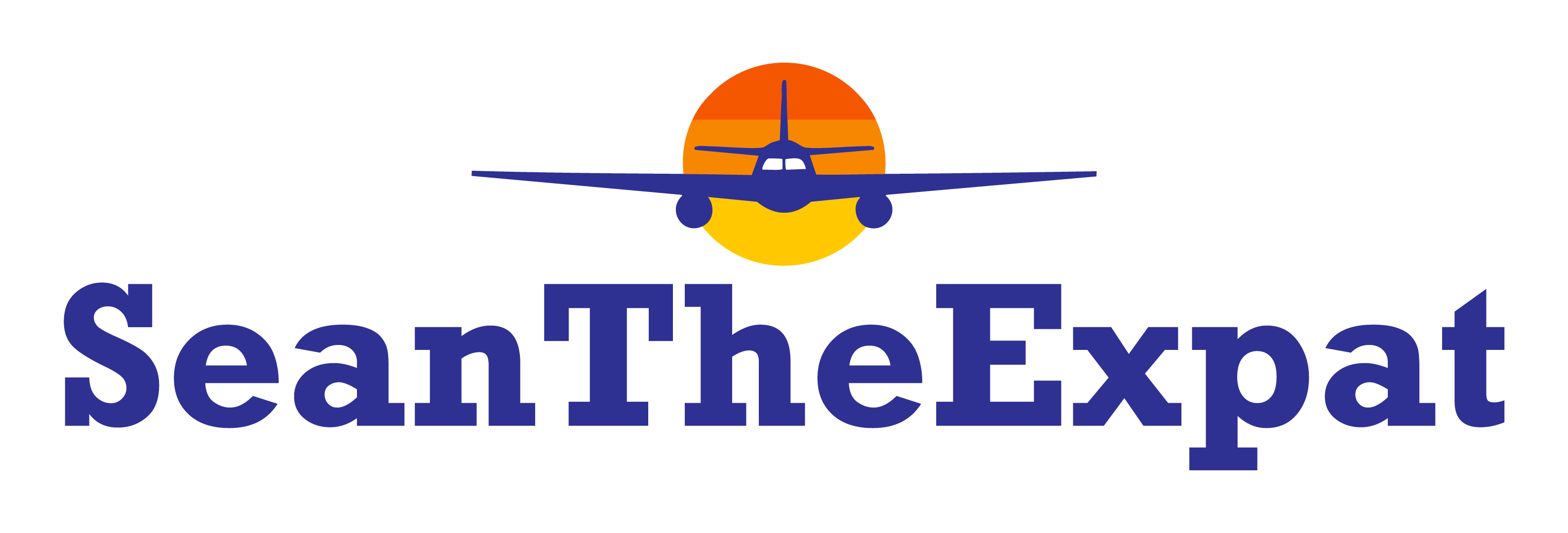AI Elite: How Rich Americans Are Using Artificial Intelligence
We’ve long suspected rich people know something that we don’t; after all, they’re wealthy! It so happens AI might have just proven this to be the case. A groundbreaking new study reveals a striking pattern in how Americans are adopting AI; the wealthier you are, the more aggressively you’re embracing it.
The research, conducted by Exploding Topics and based on responses from over 1,000 AI users, exposes a significant wealth divide in AI adoption — one that has profound implications across age, income, legal and economic shifts.
The Wealth–AI Correlation
The data paints a sharp picture of adoption across income brackets. 72.8 per cent of respondents with household incomes exceeding $200,000 report using AI “much more” than they did just one year ago. This isn’t cautious experimentation — it’s aggressive, accelerated use. One that outpaces any other income group.
Only 20.99 per cent of high earners say they use AI “slightly more,” and just 1.23 per cent have decreased their usage. Perhaps most tellingly, not a single respondent earning more than $99,999 annually reported using AI “much less” than a year ago.
By contrast, the under-$25,000 segment has been much more conservative. Here, the dominant response is “slightly more” rather than the dramatic increases seen among the affluent, pointing to casual rather than operational reliance.
The takeaway? Once wealthy individuals begin using AI, they tend to weave it rapidly and deeply into their daily lives — and keep expanding their use.
How Wealth Breeds Confidence
One of the more surprising findings concerns data privacy. Despite the broader public’s nervousness about sharing personal information with AI, wealthy users display remarkable comfort doing so. Half of the highest earners (50.62 per cent) say they are “very comfortable” sharing their personal information with AI tools, compared to just 13.89 per cent of 18–29-year-olds.
This confidence breeds even more confidence. The more comfortable a user is with AI, the more likely they are to feed it richer, more specific information. The richer the input, the more valuable the AI’s output — and the more indispensable the technology becomes.
Where Wealth Meets Workplace Innovation
When it comes to the workplace, high earners are not only early adopters — they’re often self-funders. The study shows that 28.84 per cent of all workplace AI users pay for their own AI tools, bypassing company budgets. This behaviour rises with both age and, likely, income. Take respondents aged 60 and over. 33.9 per cent fund their own workplace AI tools, compared to just 19.77 per cent of workers aged 18–29. Many affluent, experienced professionals aren’t waiting for their employers to catch up — they’re investing directly in AI to maintain a competitive edge.
Exactly half of all workplace AI users admit to using at least one personal AI account for work tasks. This reflects a significant gap between employee enthusiasm and corporate AI strategy — a gap that wealthier employees are bridging on their terms.
Counterintuitively, the people most concerned about AI replacing them aren’t low-wage workers — they’re high earners. More than half (55.56 per cent) of respondents earning over $200,000 fear that AI might make them look replaceable to their employer. In the $25,000–$49,999 range, that figure drops to just 26.67 per cent.
Understandably, for many top professionals, their value lies in expertise, strategic insight, and speed of execution — precisely the domains where AI is making the fastest inroads.
Dr. Marie Haynes, an AI and SEO expert featured in the study, shared a telling example. “I asked GPT-5 about the June Core update, and it not only gave me a better answer than I would, but also offered to analyse my Google Search Console data and interpret it for me. Soon, much of what we do as experts will be automated.”
For high earners, the race is on to stay ahead. While they’re using AI to augment their work, they’re also simultaneously acknowledging the technology’s power to disrupt it.
What Makes The Elite Powerful
While ChatGPT is the undisputed leader across all demographics (used by 83.27 per cent of respondents), affluent users stand out for their versatility of adoption. They are more likely to subscribe to multiple platforms, explore premium features, and tailor tools to specific professional needs.
Rather than relying on a single AI, wealthy professionals treat their AI stack like a portfolio — leveraging different tools for writing, research, data analysis, image creation, and coding. For them, AI subscriptions are not “nice-to-have” experiments; they’re business-critical investments.
When age and wealth intersect, adoption accelerates even more. Older, financially established professionals not only have the means to pay for advanced tools but also the industry experience to identify high-value use cases immediately.
This combination of resources and insight creates a compounding effect: wealthy professionals adopt faster, integrate deeper, and see returns sooner — widening the gap with those who lack similar advantages, bringing us to that confounded AI divide.
The AI Wealth Divide’s Compounding Advantages
The study warns of an emerging “AI wealth divide.” Wealthy individuals can afford better tools, are more comfortable sharing detailed data, and integrate AI into both personal and professional routines. This leads to higher productivity, faster learning, and more creative output — gains that justify further AI investment. Meanwhile, lower-income users — more cautious, reliant on free tools, or limited to basic use cases — risk being left behind as AI becomes central to economic competitiveness. Ergo, the rich become richer. The divide then becomes self-limiting. AI amplifies productivity for the rich, bridging opportunity gaps in ways that potentially deepen existing income inequality.
Exploding Topics’ study reveals how the most valuable, high-performing employees are likely already using AI extensively, and in many cases funding it themselves. Organisations that fail to provide robust AI access and training clearly risk falling behind and perpetuating internal inequalities where self-funded AI users outpace their ‘cheaper’ peers.
The Hidden AI Workforce report makes one thing clear: high earners are not just using AI — they are actually shaping its future. They are the first to deploy it at scale, the first to fund it independently, and, paradoxically, the first to fear its potential to erode their professional value. AI’s greatest beneficiaries see its great potential and are also its most anxious users, seeing its far-reaching implications.
And, policymakers alert. If current trends hold, and AI’s trajectory follows the internet’s omnipresence and the smartphones’ reach, how do you ensure AI access and literacy across income levels? Without intervention, AI could become another driver of concentrated advantage without the chance to play catch-up. One that accelerates and multiplies economic divergence between the AI-rich wealthy users and the AI-poor not-so-wealthy users.









